Fantastic beaches, amazing locals, terrific scenic spots, and everything nice make the Philippines a heaven for foreign tourists.
But wait there’s more – The landscape of the Philippines makes it an ideal habitat for the breeding of various species of plant and animal life. The islands and seas is a biologist’s paradise.
We are home to the highest concentration of unique species per area in the world, about 33 percent of the vegetation, 75 percent of the marine life, 70 percent of reptiles, and 44 percent of birds are endemic only to the Philippines.
Let us take a look at 5 of these strange and amazing animals from the different parts of our country.
Philippine Eagle
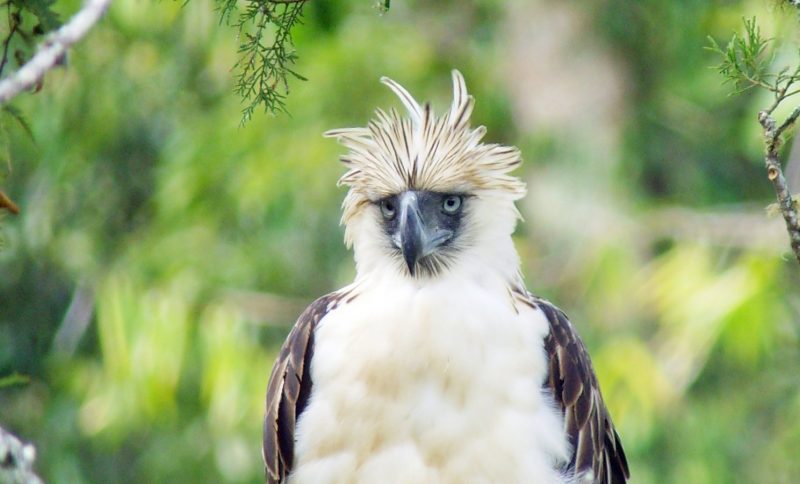
Credit to Nigel Voaden via birdlife.org
Years back there were only a few left, thanks to the Philippine Eagle Center from Davao their tribe increased saving them from extinction. It is considered one of the biggest and strongest eagle worldwide.
It is also called the “Monkey-Eating Eagle” and can be only found in the Philippines’s lowland forests nesting on old, large growth trees. Often seen on the islands of Samar, Leyte, and Mindanao. It has a massively arched beak with long crown feathers, the only blue-eyed eagle in the world that can see eight times the distance than humans.
They feed on monkeys, lemurs, snakes, bats, and monkeys. Keeps a mate for life and lays a single egg every two years. Has a lifespan of over forty years when captured but less when in the wild.
Philippine Crocodile
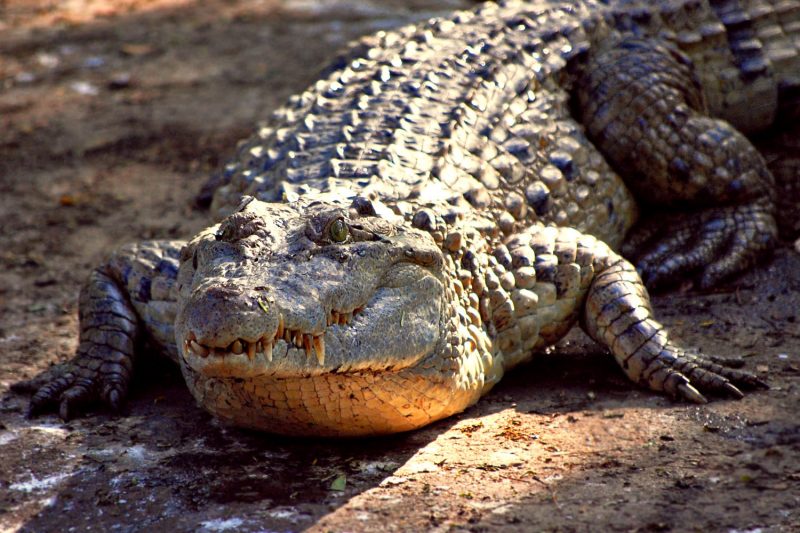
Credit to wikipedia.org
The scientific name is Crocodylus mindorens, this animal is endemic throughout the Philippine islands. People kill them for their skin and meat, for their safety, and to protect their livestock.
This is a small species of a crocodile, they have a broad snout and a heavy armor. Males mature at about 2.1 meters and females at 1.3, they begin mating at this length. Breeding is from December to May and egg laying is from May to August. They can lay eggs up to three times a year with each batch size varying from 7 to 33 eggs. The average life span is from 70 to 80 years old.
These animals are carnivores they eat mammals, fish, birds, reptiles, crustaceans, and insects.
Tamaraw
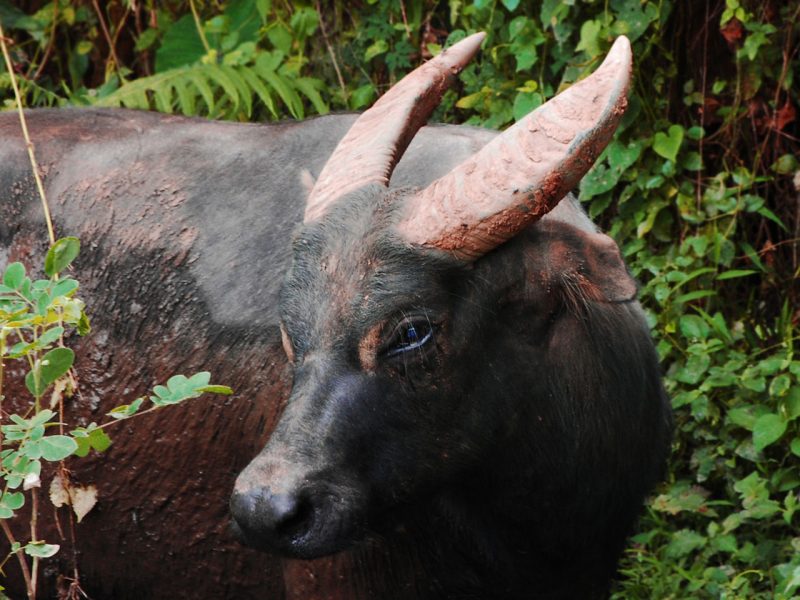
Credit to wikipedia.org
The scientific name is Bubalus mindorensis and locally called Mindoro dwarf buffalo. The species is indigenous to Mindoro and populate forests and grasslands. In 2016, a Tamaraw population count of 430 was recorded placing it in the list of critically endangered species. The main threat to Tamaraws are poachers who hunt these species for sports and local consumption. Further, resettlement due to high human population growth is threatening their habitat.
The Tamaraw is a small, stocky buffalo with a grayish-black color, and a pair of stout horns which are straight, backward-pointing, and Y-shaped. An adult weighs between 200 to 300 kilograms and a lifespan of 20 to 25 years. The incubation period is from 276 to 315 days and a litter size of 1.
They eat grass and bamboo shoots in open grasslands or dense forests.
Philippine Flying Lemur
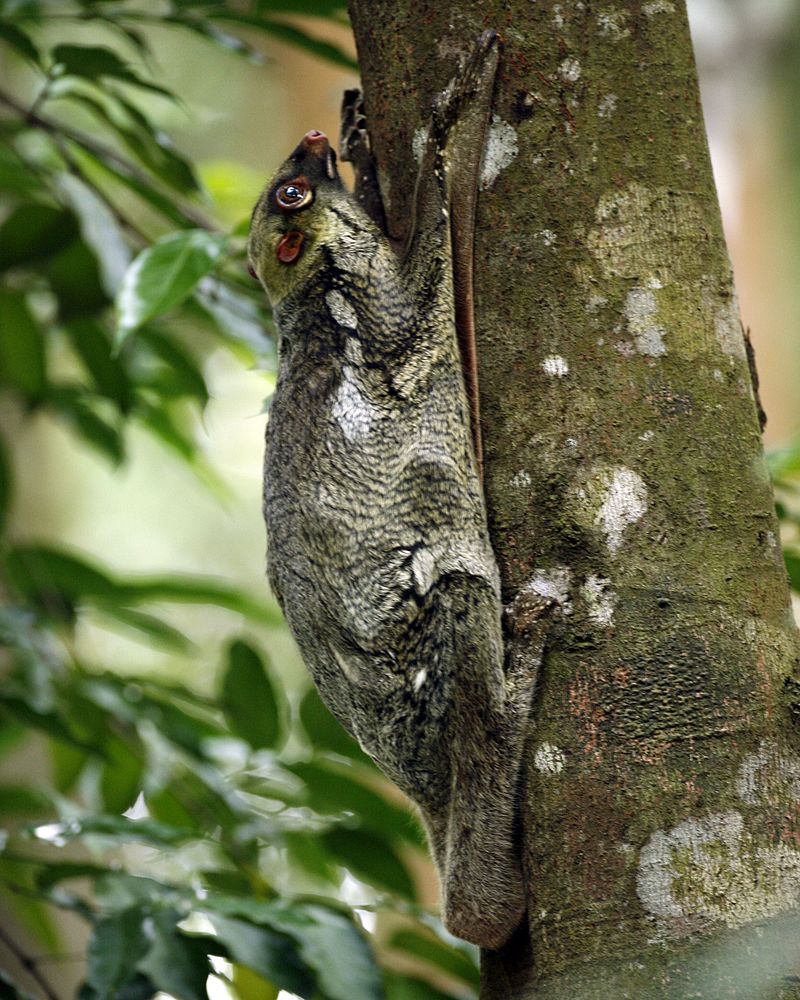
Credit to wikipedia.org
The scientific name is Cynocephalus volans locally known as kagwang and is found in Basilan, Leyte, Samar, Bohol, and Mindanao. They are one of two species of flying lemurs, it cannot fly but they can glide distances of over 100 meters and they are not lemurs. The kagwang live in heavily forested areas, high up in the trees they hardly touch the ground.
The average body weight of the Philippine flying lemur is about 1 to 1.7 kg and the head to body length is 33 to 38 centimeters. They have a big head, broad eyes, small ears, 34 teeth for increased bite strength, and web and clawed feet for fast climbing and gliding. The female gives birth usually to one young.
They are considered pests because they eat fruits, their other diets consist of insects, young leaves, plant shoots, and flowers.
Philippine Mouse-Deer
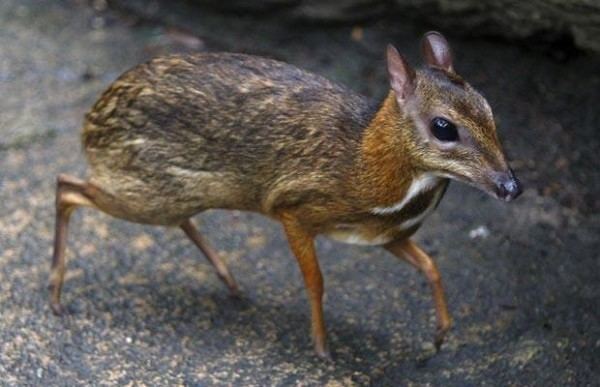
Credit to alchetron.com
The scientific name is Tragulus nigricans locally called pilandok is native to the island of Palawan. It is a shy and nighttime animal that tiptoes away when watched. You will find a hard time spotting them when they are hiding in the midst of thick vegetation. They don’t have antlers just like a true deer but they tusk-like teeth to defend themselves.
The pilandok is small in size averaging 40 to 50 in length and a height of 18 centimeters at the shoulders. It has dark-brown color with white stripes at the throat and chest. It has suicidal tendencies, they were seen banging their heads against trees and jumping off cliffs to avoid stress.
Poachers caused a decline in their numbers, they were hunted for their meat which is a delicacy and their skin is recycled to create leather. But, a major threat to their existence is the loss of habitat mainly due to the conversion of forest to agricultural land and for development.
The Philippine mouse-deer eats leaves, flowers and other greenery. It has a lifespan of about 14 years and gives birth to one young per litter.
So, there you have it folks we hope you had a fun time with our little infotainment. We would like to hear from you by giving us some comments in the section below.
Sources:
https://mindanaobob.com/blog/2013/09/11/unique-animals-indigenous-only-to-the-philippines
https://www.flipscience.ph/plants-and-animals/5-incredible-animals-philippines
You might also wanna check 8 Dog Breeds that fit the Philippine Hot Climate.





Comments 1
us Pinoys we have the best anmials in the world. Sir, with all my heart thank you and God bless.